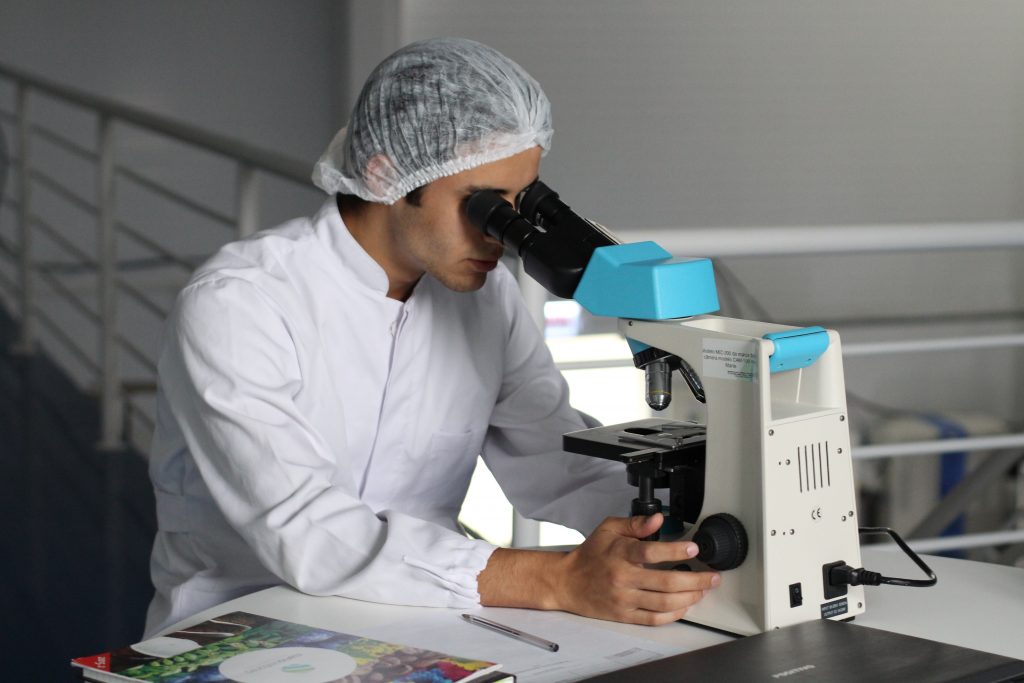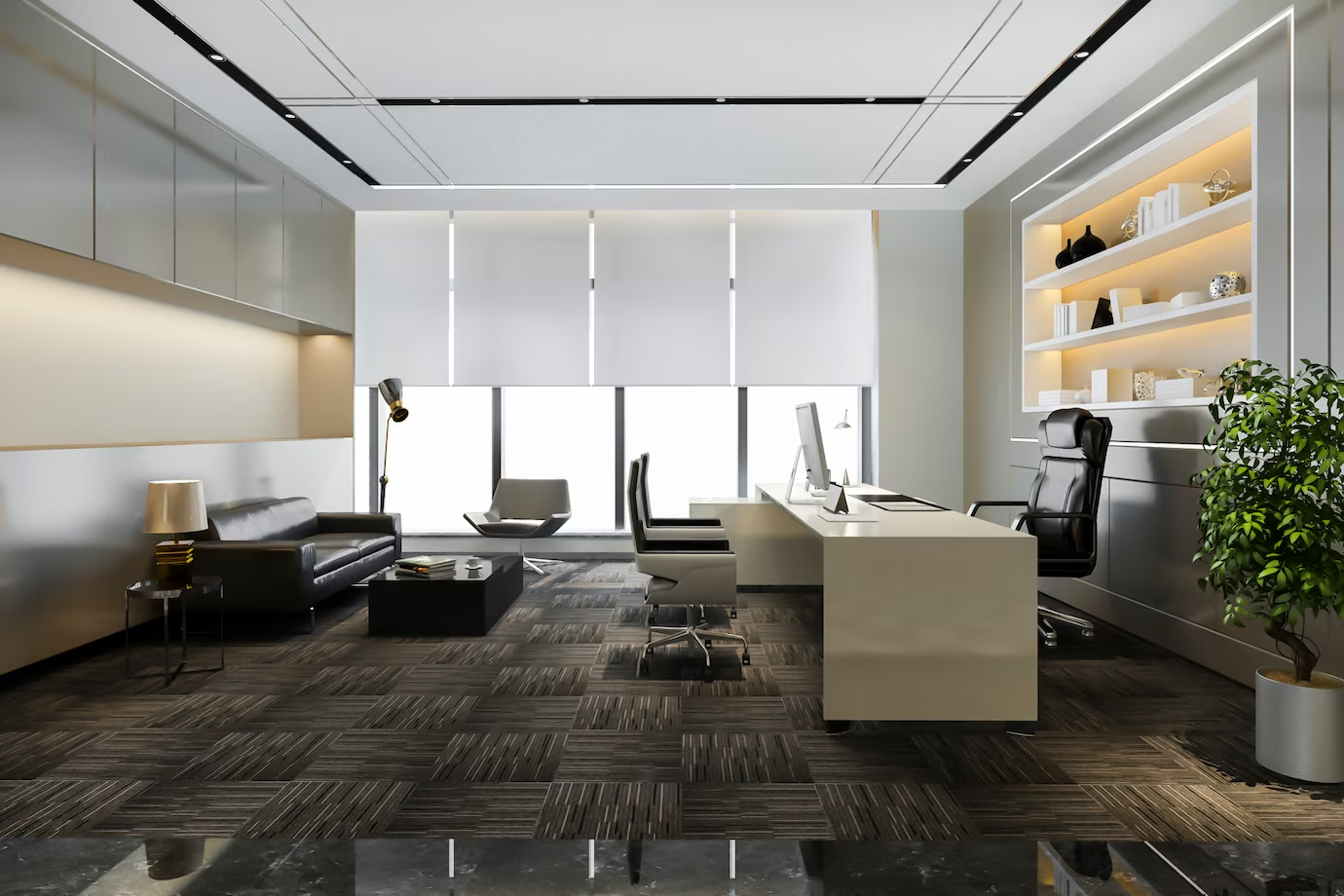Lab design is a concept that has been around for decades. It is an approach to the design process that involves using data, trends and new research to develop a lab space with the goal of increasing efficiency. The lab design approach also includes looking at how the space can be effective in meeting social needs and research objectives. Lab design is a term that encompasses both the physical design of the lab space, but also the facilities and equipment needed. Lab design is carefully planned to create a safe, functional, and aesthetically pleasing workspace. The most important aspect of lab design is ensuring that research and experiments can be conducted efficiently in all areas of the lab, without any interference to researchers or their experiment. Lab design is the process of designing and planning a laboratory. It is an interdisciplinary process that relies on the input and advice from multiple groups.
A lab is a space that has been designed to perform one or more specific tasks, be it research, teaching, training development, or something else. The goal of lab design is to create a logical space that can support all of these tasks within the same physical area. Lab design is an emerging field of science that involves the creation of a space that is safe, hygienic, and efficient. Modern laboratories are equipped with state-of-the-art equipment and technology to provide a safe and clean environment for lab staff. Lab design also incorporates ergonomics, sustainability, and aesthetics. Lab design encompasses all aspects of lab design and it is often referred to as laboratory layout. Lab design includes many different facets including spatial planning, equipment placement, and material distribution.
Evolution of Laboratory Design

Lab design is a concept that has developed from the needs of the scientific research community. Since lab equipment needs to operate in a safe, accurate, and efficient manner, many scientists have turned to lab designers for help. A good lab design malaysia is one who can take the requirements of a scientist’s project and translate them into practical plans that are easy to implement. It is important to know what lab design is, especially for those in the medical field. Lab design can mean different things depending on the needs, specialties, and goals of each lab.
Lab design is a way to make sure that the most appropriate testing methods and procedures are used. Laboratory design is often used by companies when they look for ways to improve the efficiency of their testing processes or in order to create new products. When lab design is done well, it can also lead to higher sale prices for new products. Lab design is a way to plan and manage resources in a scientific setting. It is an essential part of lab management, which includes organizing equipment, space, staff and other resources. There are different aspects of lab design, including laboratory layout and site selection. When designing a lab setting, it’s important to consider the number of people it will serve and what type of research they will be conducting. A well-designed lab will also have specific spaces for wet labs and dry labs.
Lab design is a concept that has been around for decades. It is an approach to the design process that involves using data, trends and new research to develop a lab space with the goal of increasing efficiency. The lab design approach also includes looking at how the space can be effective in meeting social needs and research objectives. Lab design is a term that encompasses both the physical design of the lab space, but also the facilities and equipment needed. Lab design is carefully planned to create a safe, functional, and aesthetically pleasing workspace. The most important aspect of lab design is ensuring that research and experiments can be conducted efficiently in all areas of the lab, without any interference to researchers or their experiment. Lab design is the process of designing and planning a laboratory. It is an interdisciplinary process that relies on the input and advice from multiple groups.
A lab is a space that has been designed to perform one or more specific tasks, be it research, teaching, training development, or something else. The goal of lab design is to create a logical space that can support all of these tasks within the same physical area. Lab design is an emerging field of science that involves the creation of a space that is safe, hygienic, and efficient. Modern laboratories are equipped with state-of-the-art equipment and technology to provide a safe and clean environment for lab staff. Lab design also incorporates ergonomics, sustainability, and aesthetics. Lab design encompasses all aspects of lab design and it is often referred to as laboratory layout. Lab design includes many different facets including spatial planning, equipment placement, and material distribution.
Evolution of Laboratory Design
Lab design is a concept that has developed from the needs of the scientific research community. Since lab equipment needs to operate in a safe, accurate, and efficient manner, many scientists have turned to lab designers for help. A good lab design malaysia is one who can take the requirements of a scientist’s project and translate them into practical plans that are easy to implement. It is important to know what lab design is, especially for those in the medical field. Lab design can mean different things depending on the needs, specialties, and goals of each lab.
Lab design is a way to make sure that the most appropriate testing methods and procedures are used. Laboratory design is often used by companies when they look for ways to improve the efficiency of their testing processes or in order to create new products. When lab design is done well, it can also lead to higher sale prices for new products. Lab design is a way to plan and manage resources in a scientific setting. It is an essential part of lab management, which includes organizing equipment, space, staff and other resources. There are different aspects of lab design, including laboratory layout and site selection. When designing a lab setting, it’s important to consider the number of people it will serve and what type of research they will be conducting. A well-designed lab will also have specific spaces for wet labs and dry labs.




